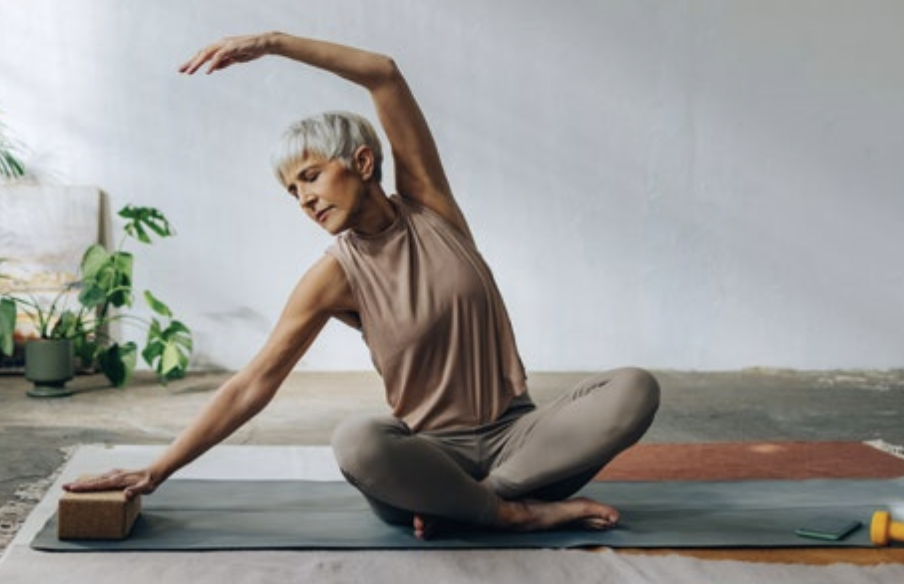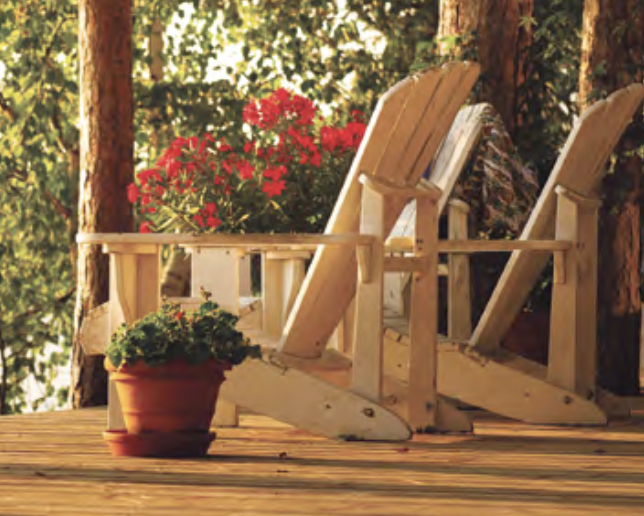By Wendy Haaf
Your October/November 2022 “On the Record” page featured an item on a study that found that a specific knee exercise appears to help avoid or at least delay surgery for knee osteoarthritis. Can you describe the exercise or tell me where I can go to get more information about it?
That trial looked at the benefits of a version of a seated knee-extensor strengthening exercise on 117 people with knee osteoarthritis (OA) deemed severe enough to warrant joint-replacement surgery. After 12 weeks, 67.5 per cent of participants opted to delay the operation. Exercise sessions comprised three sets of 12 repetitions. Optimal frequency turned out to be two to four (versus six) times weekly.
You can mimic the exercise at home using a TheraBand or exercise tubing—ideally, after having a physiotherapist show you the proper technique. First, secure one end of the band to the leg of a sturdy chair or under a closed door at floor level. (For a visual demonstration, go to YouTube and search for “QUADX-1 Trial.”) Then tie the other end around the instep of one foot. Maintaining good posture, sit with both feet on the floor, and then slowly raise your leg until it’s parallel to the floor.
This resistance exercise “strengthens the quadriceps—the muscles in the front of your thigh,” explains John Roberts, a physiotherapist at the University of Calgary’s Sport Medicine Centre who wasn’t involved in the research. Since exercise needs to be convenient and accessible so people will do it consistently, “one of the strengths of the study is that it involves just one exercise,” he notes.
However, it’s worth mentioning that participants also received detailed instructions, including how to adjust the exercise so it remained sufficiently challenging as they gained muscle strength.
That type of education is a key component in getting the most out of any exercise regimen for knee osteoarthritis. For instance, in GLA:D, a 12-week evidence-backed group program for people with knee or hip osteoarthritis, participants receive guided instruction on topics such as “how to keep the weight well placed over the leg, how to do exercises safely and progress them appropriately, and how to retain improvements,” explains Roberts, who is also a GLA:D instructor. There’s also an educational component including information about knee and hip OA and how much pain is normal during and after exercise. And the results speak for themselves: in a 2015 study, 74 per cent of participants who’d completed the GLA:D program still hadn’t gone ahead with surgery a year later.
Another thing to keep in mind is that while the quadriceps play a major role in supporting the knee, the strength of some of your hip muscles, your hamstrings (on the back of the thigh), and your trunk or core muscles, “are all going to influence how load goes through the knee,” Roberts says. Joining the GLA:D program or seeing a physiotherapist for individualized guidance are just two options for learning how to strengthen these muscle groups. “There are lots of ways to address knee osteoarthritis through exercise,” he emphasizes.
You can find reliable information on exercising with arthritis at arthritis.ca, gladcanada.ca, and versusarthritis.org.






